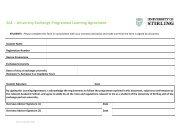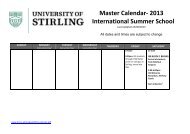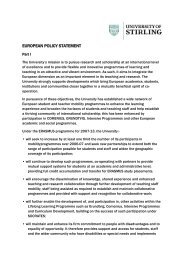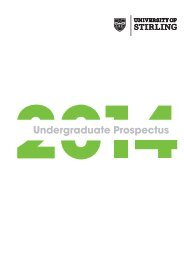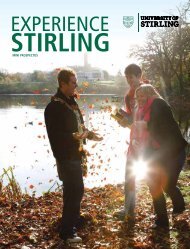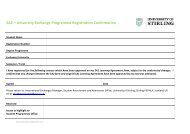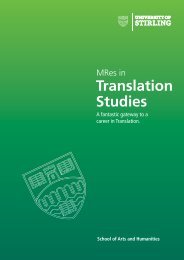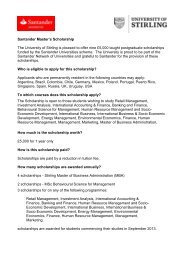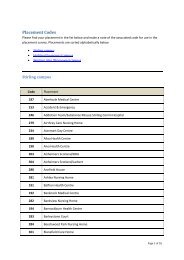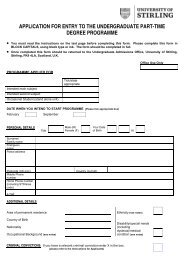Supporting a uK SucceSS Story: The impacT of - Research Councils ...
Supporting a uK SucceSS Story: The impacT of - Research Councils ...
Supporting a uK SucceSS Story: The impacT of - Research Councils ...
You also want an ePaper? Increase the reach of your titles
YUMPU automatically turns print PDFs into web optimized ePapers that Google loves.
Since then, the Imperial team have carried out various studies with<br />
Team GB with research varying from ways to predict lower back<br />
pain in athletes by analysing their rowing technique, to disorders<br />
<strong>of</strong> the jaw caused by athletes gritting their teeth excessively<br />
when training and competing. In the future, the team plan to<br />
develop their sensor technology further so that it can monitor<br />
athletes while they are training outdoors on rivers and lakes. At<br />
the moment, the technology can monitor the forces exerted<br />
by the athlete on the boat. <strong>The</strong> next step will see researchers<br />
developing wireless sensors to be worn by athletes to monitor<br />
their movements on the water.<br />
Another example <strong>of</strong> research analysing athletes’ movements is<br />
Nicola Relph, a lecturer at the University <strong>of</strong> Cumbria, who is using<br />
biomechanical analysis to help UK 10 metre platform divers on<br />
two <strong>of</strong> the most difficult dives, the four and half somersaults for<br />
men and the inward three and a half somersaults for women. <strong>The</strong><br />
analysis is helping to aid training by giving coaches and divers a<br />
good idea <strong>of</strong> the important mechanical variables on themselves<br />
and their competitors.<br />
SECTION ONE : TECHNOLOGY 13



